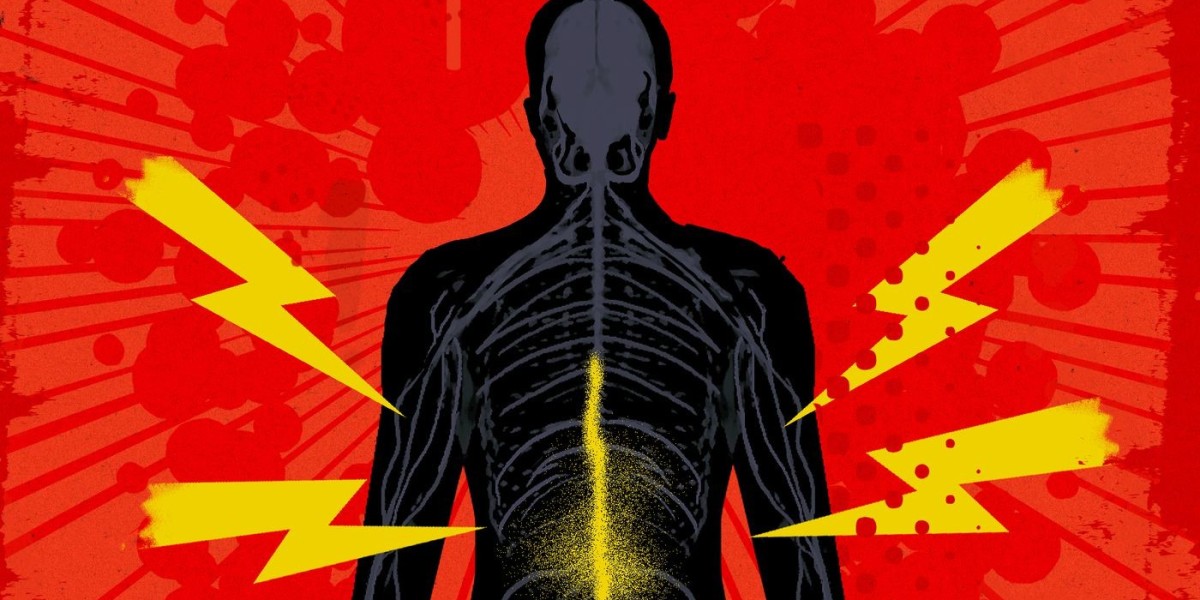Pain management is a critical aspect of healthcare that focuses on alleviating discomfort and improving the quality of life for patients experiencing chronic or acute pain. With the increasing recognition of the diverse nature of pain and its impact on individuals, a patient-centered approach has become essential in tailoring treatments to meet the unique needs of each patient. This article explores the principles and practices of patient-centered pain management and how they can be applied to create more effective and personalized treatment plans.
Understanding Patient-Centered Pain Management
Patient-centered pain management is a holistic approach that prioritizes the individual needs, preferences, and values of patients in managing their pain. This approach contrasts with traditional models that may adopt a one-size-fits-all strategy, often focusing solely on the clinical aspects of pain without considering the patient's overall experience. By placing the patient at the center of the care process, healthcare providers can better address the multifaceted nature of pain and its effects on daily life.
Key Principles of Patient-Centered Pain Management
Individualized Assessment and Diagnosis: The first step in patient-centered pain management involves a thorough and personalized assessment of the patient’s pain. This assessment goes beyond standard diagnostic tests and includes a detailed evaluation of the patient's medical history, pain characteristics, psychological state, and functional limitations. By understanding the unique aspects of each patient’s pain experience, healthcare providers can develop more targeted and effective treatment plans.
Collaborative Goal Setting: Effective pain management requires setting goals that align with the patient’s personal values and lifestyle. Collaborative goal setting involves engaging the patient in discussions about their pain management objectives, such as reducing pain intensity, improving function, or enhancing overall well-being. This collaborative approach ensures that treatment plans are meaningful and relevant to the patient’s life, increasing the likelihood of adherence and satisfaction.
Comprehensive Treatment Plans: A patient-centered approach embraces a multifaceted treatment strategy that integrates various modalities to address pain from different angles. This may include pharmacological treatments, physical therapy, psychological support, and complementary therapies. By combining different treatment options, healthcare providers can create a more comprehensive plan that addresses the diverse factors contributing to the patient’s pain.
Empathy and Communication: Effective communication and empathy are cornerstone principles of patient-centered care. Healthcare providers must actively listen to patients, validate their pain experiences, and provide clear explanations about treatment options and potential outcomes. Building a trusting relationship with patients fosters a supportive environment where individuals feel comfortable discussing their concerns and preferences.
Patient Education and Empowerment: Educating patients about their condition and treatment options is crucial for empowering them to actively participate in their care. Providing information about Managing chronic pain techniques, potential side effects of medications, and lifestyle modifications helps patients make informed decisions and take an active role in their treatment journey.
Continuous Monitoring and Adaptation: Pain management is not a static process; it requires ongoing evaluation and adjustment based on the patient’s progress and feedback. Regular follow-ups and reassessments allow healthcare providers to monitor the effectiveness of the treatment plan, address any emerging issues, and make necessary modifications to ensure optimal outcomes.
Practical Strategies for Implementing Patient-Centered Pain Management
Personalized Pain Diaries: Encouraging patients to keep detailed pain diaries can provide valuable insights into the patterns and triggers of their pain. This information helps healthcare providers tailor treatment plans to address specific pain-related issues and identify any correlations between activities, medications, and pain levels.
Multidisciplinary Teams: Collaborating with a multidisciplinary team of healthcare professionals, including pain specialists, physical therapists, psychologists, and pharmacists, can enhance the patient-centered approach. Each team member brings a unique perspective and expertise, contributing to a more comprehensive and well-rounded treatment plan.
Patient Feedback Mechanisms: Implementing feedback mechanisms, such as surveys or regular check-ins, allows patients to share their experiences and provide input on their treatment. This feedback is valuable for making necessary adjustments and improving the overall quality of care.
Integration of Complementary Therapies: Complementary therapies, such as acupuncture, massage, or mindfulness practices, can be integrated into the treatment plan to address various aspects of Pain Management. These therapies can complement conventional treatments and offer additional options for patients seeking holistic approaches to pain relief.
Support Networks: Encouraging patients to build support networks, including family, friends, and support groups, can provide emotional and practical support throughout their pain management journey. Support networks can help patients cope with the challenges of chronic pain and enhance their overall well-being.
Challenges and Considerations
While patient-centered pain management offers numerous benefits, it also presents challenges that healthcare providers must navigate. Some common challenges include:
Variability in Patient Responses: Patients may respond differently to various treatments, requiring ongoing adjustments to the treatment plan. Managing these variations requires a flexible and responsive approach.
Resource Limitations: Access to multidisciplinary care and complementary therapies may be limited by resource constraints, affecting the implementation of patient-centered strategies.
Complexity of Chronic Pain: Chronic pain can be complex and multifaceted, requiring a thorough and nuanced understanding to effectively address all contributing factors.
Conclusion
Patient-centered pain management represents a significant shift towards more personalized and holistic approaches in addressing pain. By focusing on individual needs, preferences, and values, healthcare providers can develop more effective and meaningful treatment plans that enhance the overall quality of life for patients. Embracing principles such as individualized assessment, collaborative goal setting, comprehensive treatment plans, and continuous monitoring can lead to improved outcomes and a more supportive care experience. Despite the challenges, the commitment to patient-centered care remains a crucial step towards advancing pain management and ensuring that each patient receives the best possible care tailored to their unique needs.








